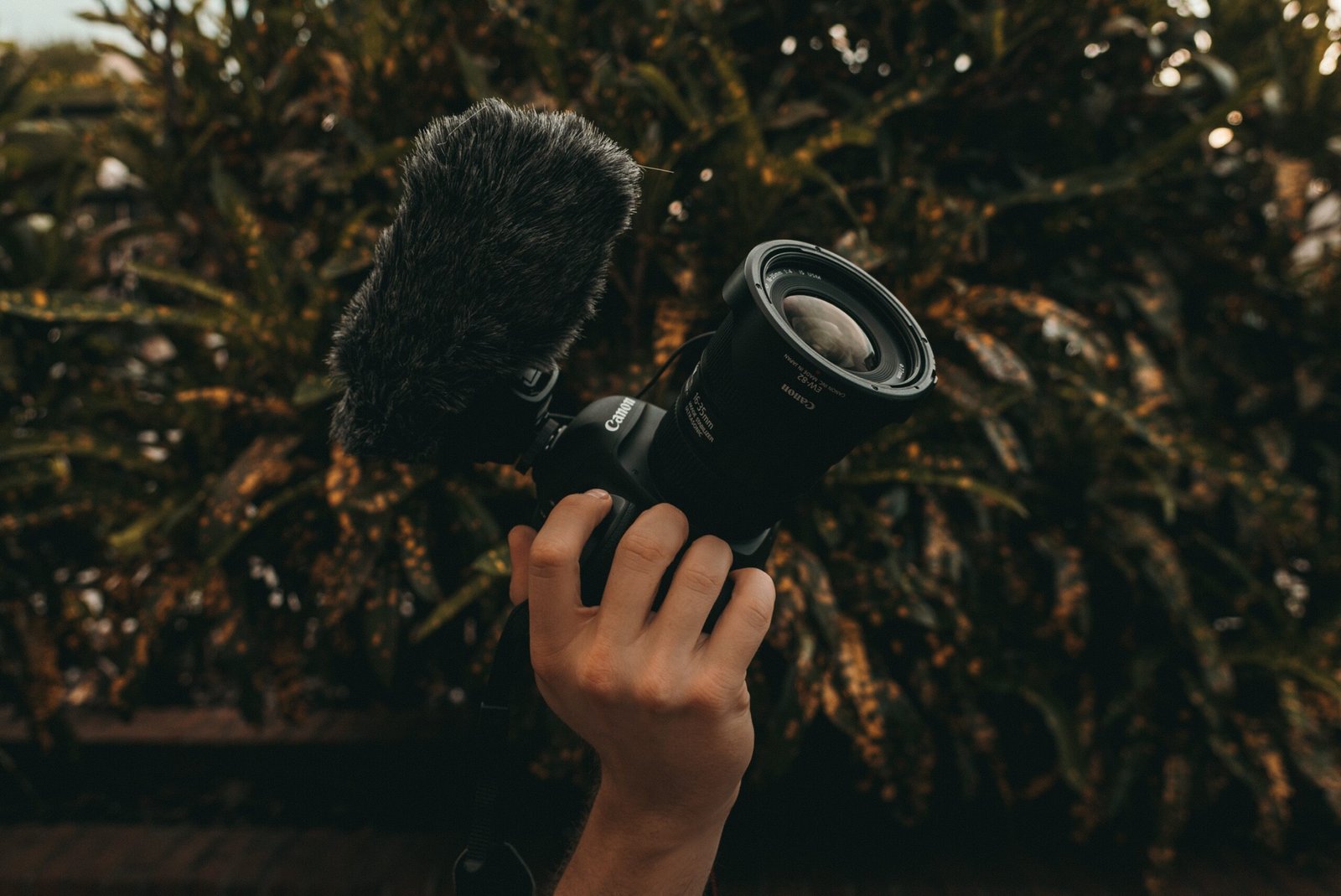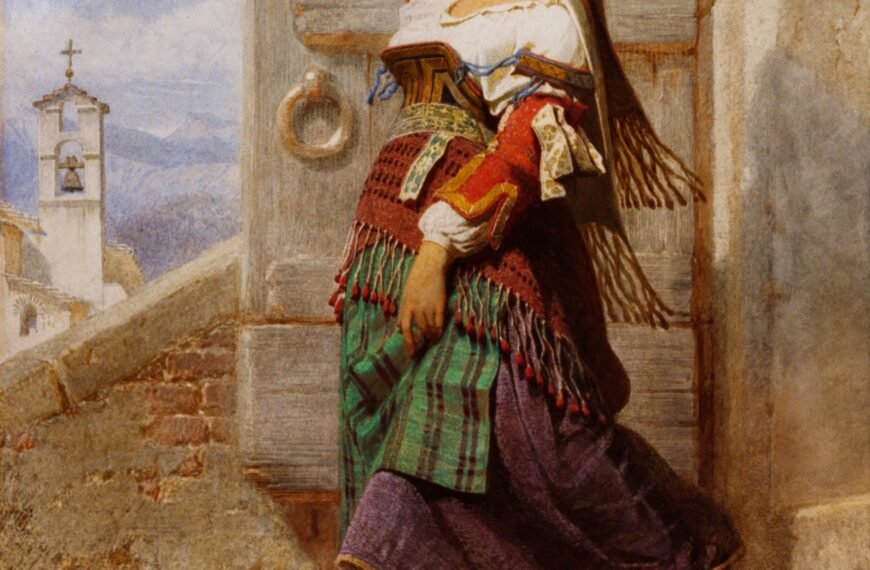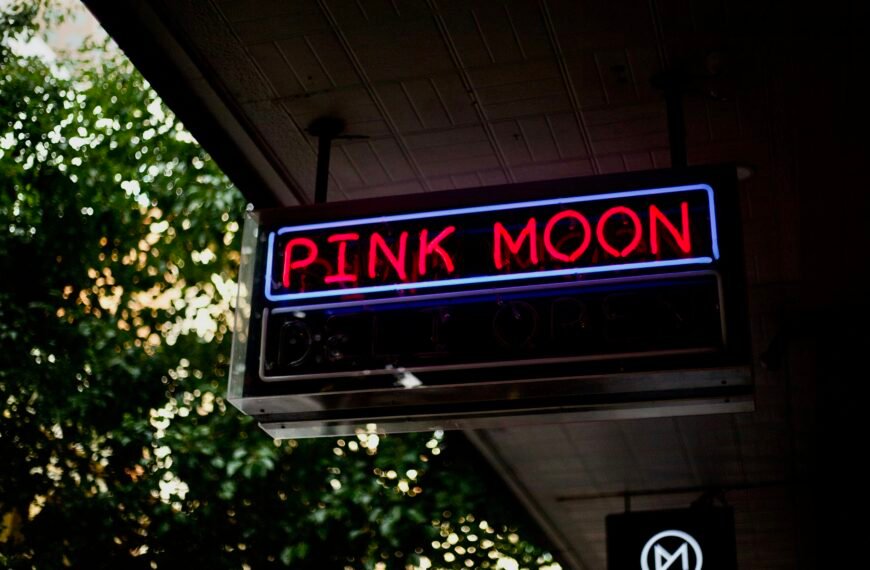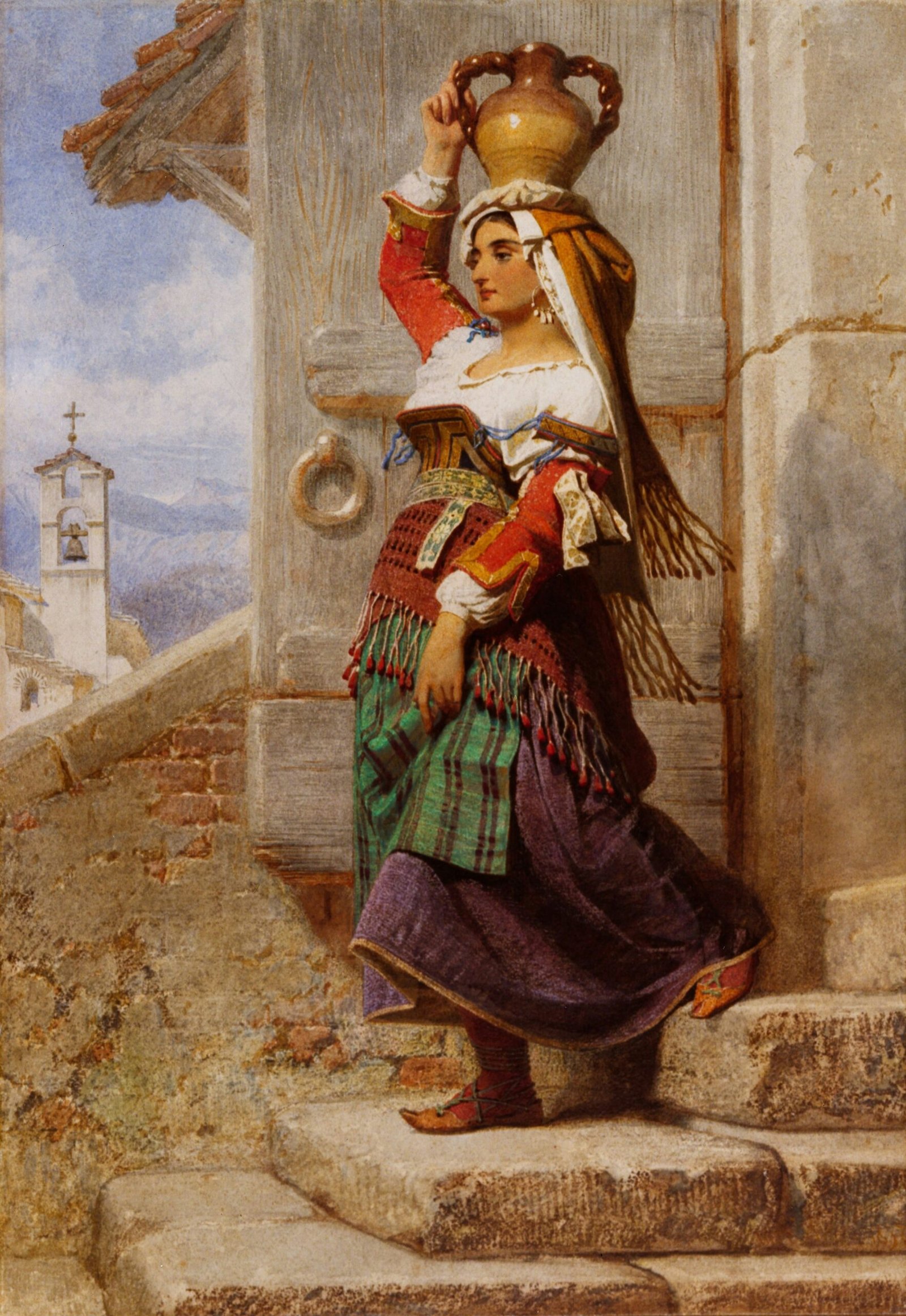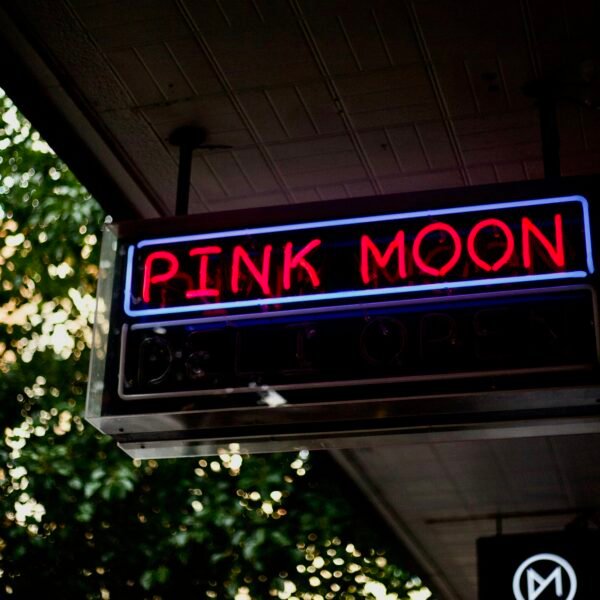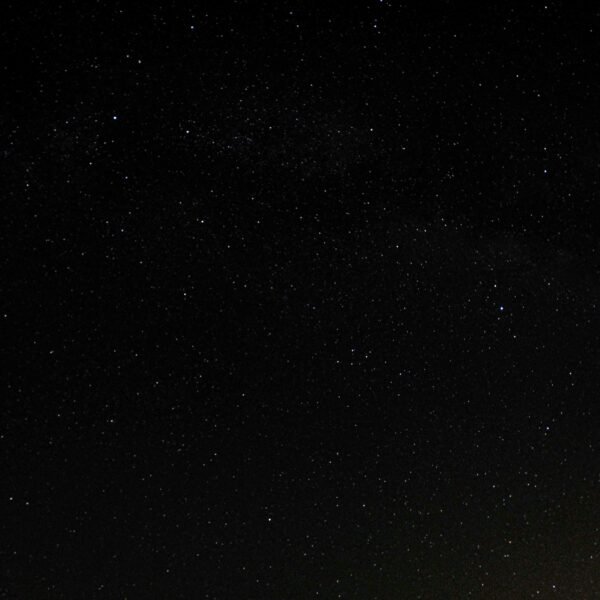In a surprising twist, the Orlando Museum of Art has decided to drop its legal claims against the owners of fake Basquiat paintings. The museum’s board chairman, Mark Elliott, announced that in order to cut its legal costs, they will be narrowing their lawsuit solely to their former director, Aaron De Groft. The exhibition of supposed Basquiats at the museum came to an abrupt end in 2022 when the FBI raided the museum. The investigation revealed that the paintings were forged by a Los Angeles auctioneer and his associate. Now, the museum hopes that legal action against De Groft will shed light on the full story behind the show.
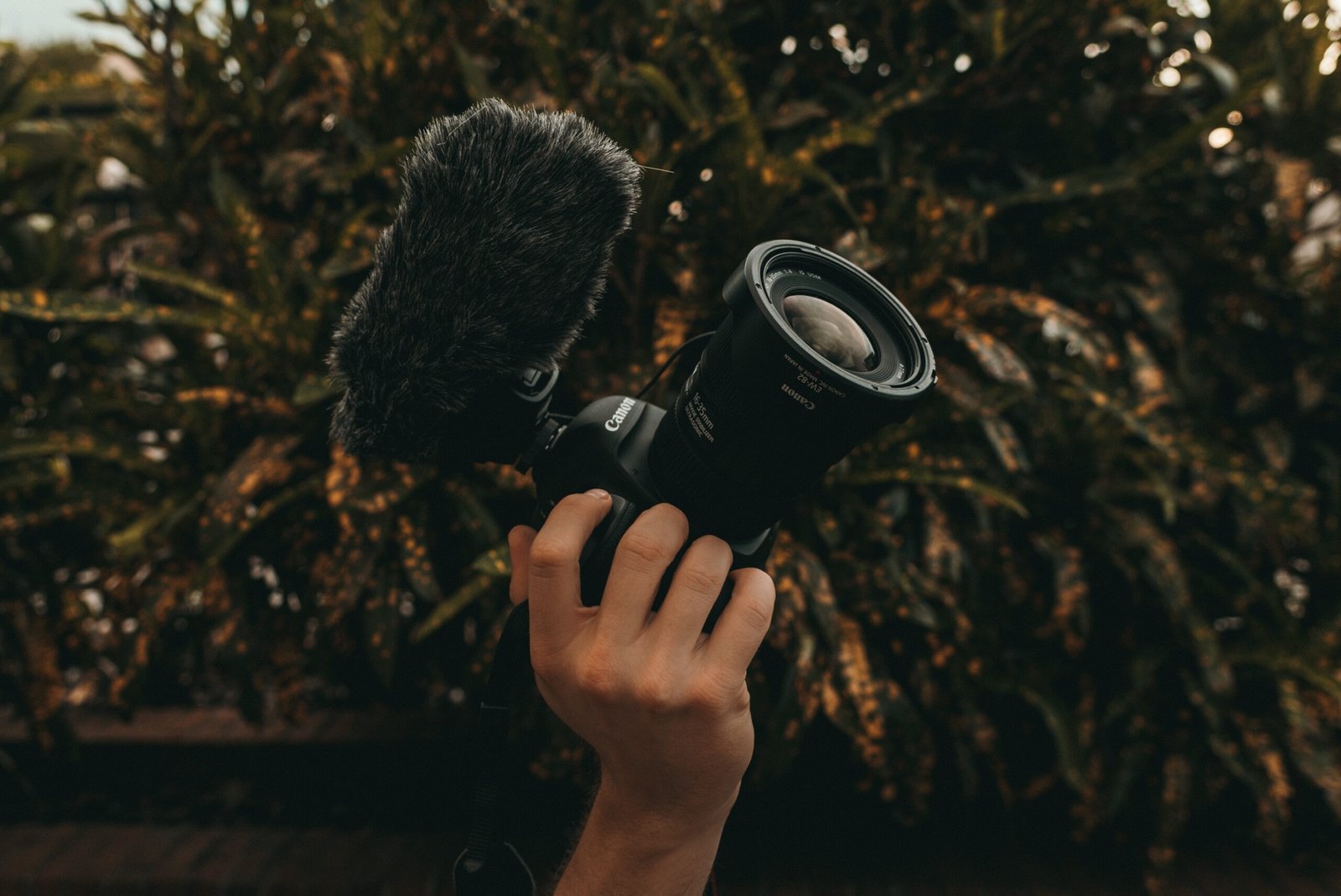
Background Information
Exhibition of Fake Basquiats at the Orlando Museum of Art
In 2022, the Orlando Museum of Art hosted an exhibition featuring purported paintings by Jean-Michel Basquiat. This exhibition aimed to showcase the renowned artist’s work and attract art enthusiasts from around the world. However, the exhibition was abruptly cut short when the Federal Bureau of Investigation (FBI) conducted a raid on the museum.
FBI Raid on the Exhibition
The FBI raid on the exhibition raised eyebrows and drew significant attention to the authenticity of the artworks on display. The raid resulted in the seizure of the alleged Basquiat paintings, casting doubt on their legitimacy.
Original Lawsuit Filed by the Museum
In August 2023, the Orlando Museum of Art filed a lawsuit seeking damages stemming from the alleged fraud and conspiracy surrounding the fake Basquiat paintings. The lawsuit targeted both the co-owners of the paintings and the museum’s former executive director, Aaron De Groft.
Orlando Museum Announces Dismissal of Legal Claims
Reason for Dismissing Legal Claims
To reduce the costs associated with the ongoing litigation, the Orlando Museum of Art has decided to dismiss its legal claims against the five co-owners of the fake Basquiats. Instead, the museum will focus its case solely on its former executive director, Aaron De Groft. This strategic decision aims to streamline the legal proceedings and potentially shorten the litigation process.
Focus on Former Director Aaron De Groft
The museum’s decision to concentrate its case on Aaron De Groft is rooted in the belief that he played a pivotal role in the selection and exhibition of the fraudulent paintings. By targeting De Groft, the museum hopes to hold him accountable for his alleged actions and gain a clearer understanding of the circumstances that led to the exhibition of the fake Basquiats.
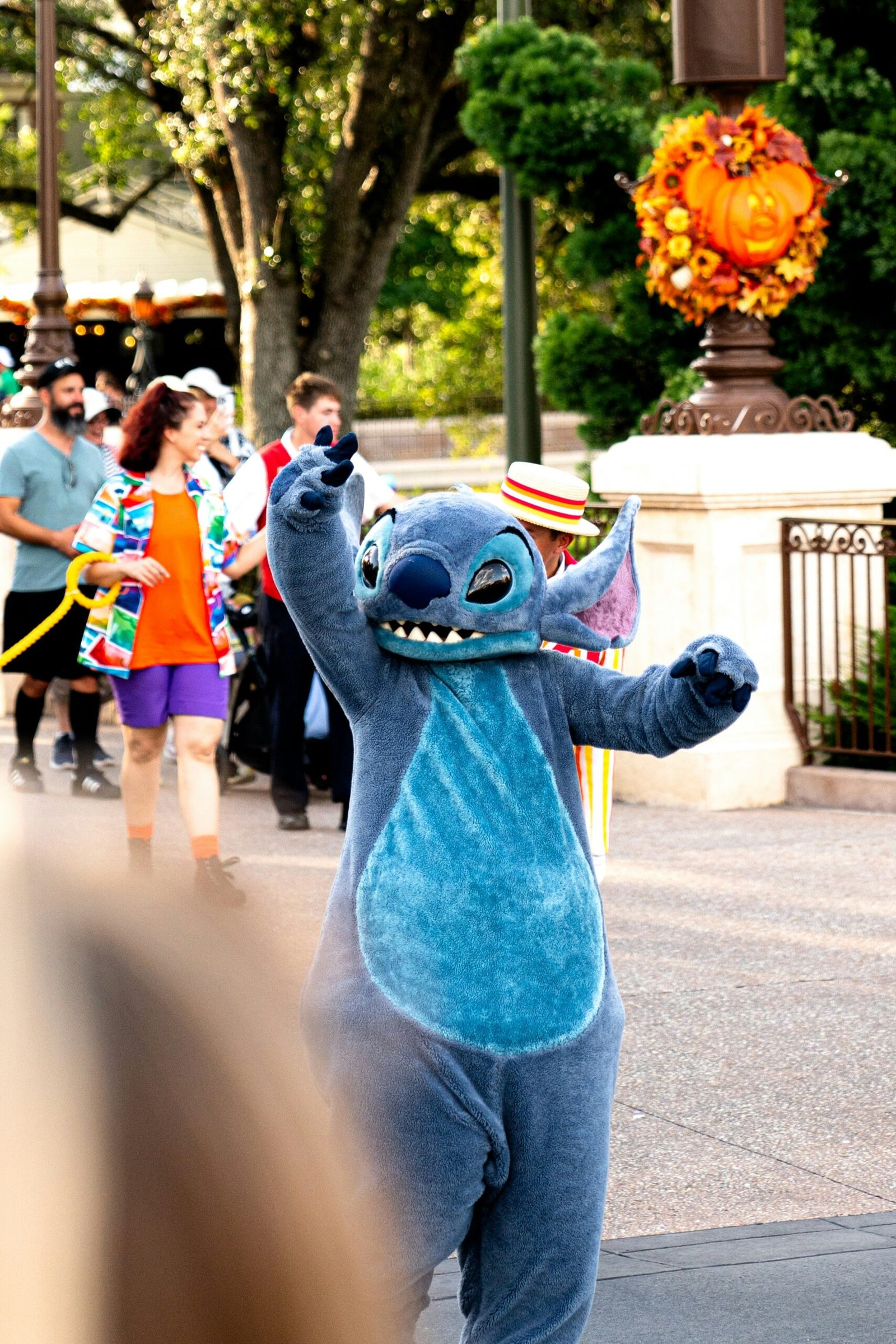
Implications for the Lawsuit
Narrowing the Lawsuit Scope
By narrowing the scope of the lawsuit, the Orlando Museum of Art aims to simplify its legal arguments and present a more focused case against Aaron De Groft. This strategic approach allows the museum’s legal team to dedicate their efforts towards establishing De Groft’s responsibility and potential misconduct, without diverting attention to multiple defendants.
Potential Impact on Damages Sought
With the dismissal of legal claims against the co-owners of the fake Basquiats, the nature of the damages sought may also undergo a significant shift. The museum’s focus on Aaron De Groft suggests that any sought-after damages may now be more closely tied to his actions and potential financial implications resulting from his involvement in the fraudulent exhibition.
Statements from Museum Officials
Statement from Board Chairman Mark Elliott
Mark Elliott, the board chairman of the Orlando Museum of Art, offered a statement regarding the dismissal of the legal claims against the co-owners of the fake Basquiats. He emphasized the museum’s commitment to reducing litigation costs and its decision to solely focus on Aaron De Groft. Elliott further asserted that De Groft’s role in handpicking and fast-tracking the fraudulent paintings warranted closer examination.
Statement from the Museum
The Orlando Museum of Art issued a statement addressing the dismissal of legal claims. The museum expressed its dedication to uncovering the truth behind the exhibition of fake Basquiats and ensuring accountability. The statement further emphasized the museum’s commitment to maintaining a high standard of transparency and integrity within the art world.

Legal Actions against Co-Owners of Fake Basquiats
Nature of the Fraud and Conspiracy Claims
The original lawsuit filed by the Orlando Museum of Art alleged fraud and conspiracy against the five co-owners of the fake Basquiats. These claims were based on the belief that the co-owners were aware of the counterfeit nature of the paintings and had actively participated in promoting their supposed authenticity.
Breach of Agreement Allegations
In addition to fraud and conspiracy, the lawsuit also included allegations of breaches of agreement against the co-owners. The museum claimed that the co-owners had violated their contractual obligations by misrepresenting the paintings as genuine Basquiats, thereby damaging the museum’s reputation and causing financial harm.
Association of Former Director with the Fake Basquiats
Role of Aaron De Groft
The Orlando Museum of Art’s decision to focus its case solely on Aaron De Groft suggests a deeper association between him and the fake Basquiats. It is believed that De Groft played a significant role in the selection and acquisition of these counterfeit paintings, possibly facilitating their inclusion in the exhibition. The museum seeks to uncover the extent of De Groft’s involvement and determine the ramifications of his alleged actions.
Accusations of Handpicking and Fast-Tracking Paintings
The museum’s statement regarding Aaron De Groft’s role in handpicking and fast-tracking the fraudulent paintings hints at possible impropriety. Accusations suggest that De Groft intentionally selected and expedited the inclusion of these fake Basquiats, potentially disregarding proper verification processes. Such allegations raise concerns about irregularities within the museum’s curatorial practices during De Groft’s tenure.
The 2022 Exhibition and the Raid
Abrupt End of the Exhibition
The 2022 exhibition at the Orlando Museum of Art abruptly ended when the FBI conducted a raid. The raid occurred in response to suspicions regarding the authenticity of the Basquiat paintings displayed. The sudden halt to the exhibition left both museum officials and visitors puzzled and eager for answers.
FBI Seizure of Fake Basquiats
During the raid, the FBI seized the fake Basquiat paintings that were on display at the museum. This confiscation served as concrete evidence supporting the doubts and concerns surrounding the authenticity of the artworks. The seizure of the paintings represents a significant turning point in the case and the subsequent investigation.
Admission of Forgery by Los Angeles Auctioneer
Confession made to the FBI
The Orlando Museum of Art’s lawsuit gained a significant boost when a Los Angeles auctioneer confessed to the FBI that he and an associate were responsible for forging the fake Basquiats. This admission of guilt provides strong evidence supporting the museum’s claims of fraud and conspiracy. The testimony of the auctioneer potentially reinforces the case against Aaron De Groft.
Details of the Forgery Process
The confession made by the Los Angeles auctioneer shed light on the intricate forgery process employed to create the counterfeit Basquiat paintings. According to the auctioneer’s statement, some of the fake paintings were produced in as little as five minutes. These details highlight the sophistication of the forgery operation and the need to hold those responsible accountable.
Possible Ramifications for the Former Director
Potential Legal Consequences for Aaron De Groft
As the Orlando Museum of Art focuses its case on Aaron De Groft, the former executive director faces potential legal consequences if found responsible for the fraudulent exhibition. If the allegations against De Groft are substantiated, he may face both criminal charges and civil liabilities, depending on the outcomes of the investigation and subsequent legal proceedings.
Impact on His Reputation
Beyond the potential legal ramifications, Aaron De Groft’s association with the fake Basquiats and his alleged role in their exhibition has already caused significant damage to his reputation. The public scrutiny and media attention surrounding the case have tarnished De Groft’s professional standing within the art community. Rebuilding his reputation may prove challenging, regardless of the legal outcomes.
Conclusion
The Orlando Museum of Art’s decision to dismiss its legal claims against the co-owners of the fake Basquiats and focus solely on Aaron De Groft has significant implications for the lawsuit. By narrowing the scope, the museum aims to streamline the litigation process and potentially alleviate some of the associated costs. The case against De Groft marks a turning point in the investigation, highlighting his alleged involvement and potential misconduct. As the legal proceedings continue, the art world watches closely, eager to uncover the full extent of the fraud and hold those responsible accountable.

